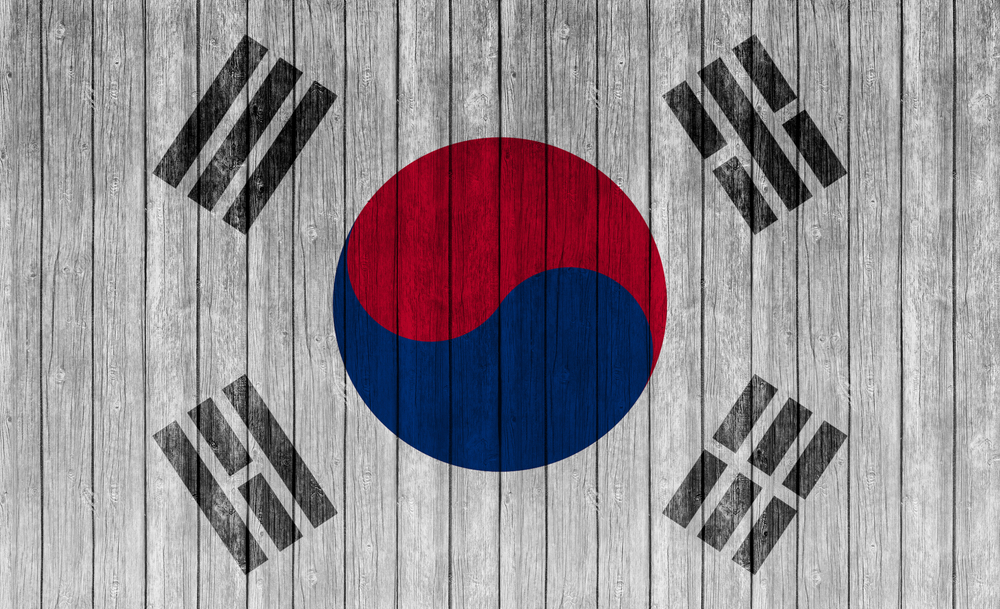South Korea’s Government Tries to Get Ahead of Demographic Challenges

Please note that we are not authorised to provide any investment advice. The content on this page is for information purposes only.
South Korea is undergoing rapid demographic ageing. Only 551,000 Koreans or 2.9 percent of the population were aged 65 or above when the Korean War broke out in 1950. However, according to the United Nations World Population Prospects (UNWPP), 6.4 million Koreans, or 12.7 percent of South Korea’s population, were aged 65 or above in 2014. By 2026 an astounding 10.7 million Koreans — 20.5 percent of the population — are expected to be aged 65 or above.
South Korea is undergoing rapid demographic ageing. Only 551,000 Koreans or 2.9 percent of the population were aged 65 or above when the Korean War broke out in 1950. However, according to the United Nations World Population Prospects (UNWPP), 6.4 million Koreans, or 12.7 percent of South Korea’s population, were aged 65 or above in 2014. By 2026 an astounding 10.7 million Koreans — 20.5 percent of the population — are expected to be aged 65 or above.
South Korea’s rapid ageing is the culmination of two key factors. First, South Koreans are living longer. Between the end of the Korean War in 1953 and 2014, life expectancy in South Korea jumped from 48.2 to 81.9 years, according to UNWPP data. At the same time, the country’s birth rate plunged from 38.0 births per 1000 population in 1953 to just 9.1 births per 1000 population in 2014.
An inexorable consequence of this sharp increase in life expectancies and plunging birth rates is that at some point, total population will start to decline. The UNWPP projects that South Korea’s population will peak at 52.7 million in 2035, up from 50 million in 2014, before declining steadily at least until the end of this century.
South Korea’s rapid demographic transition will have major fiscal, economic, social and security implications.
From 1995 to 2013, healthcare expenditure in South Korea rose from 3.8 percent to 7.2 percent of GDP, World Bank data reveals. As the population ages, healthcare expenditure is bound to rise further, straining public finances. Fiscal sustainability could be achieved by increasing taxes and/or scaling back other government programs to finance rising healthcare expenditure. But this would be politically difficult.
As South Korea’s total population declines, the workforce will also shrink, curbing economic growth unless there are simultaneous gains in labour productivity. The UNWPP expects that South Korea’s working age population (consisting of workers aged 15 to 64) will peak in 2016 whereas the core workforce (consisting of workers aged 25 to 49) already peaked in 2009. Meanwhile, OECD data indicates that South Korea’s labour productivity growth has been on a downtrend since hitting a peak in 1983.
To forestall an imminent decline in the workforce, the South Korean government will raise the current retirement age from 55 to 60 in 2017. It is also considering raising the retirement age for civil servants from 60 to 65. By enabling older workers to continue contributing to the economy, the government hopes to sustain economic growth while reducing the tax burden on the shrinking younger population.
However, there are concerns that there may not actually be enough jobs for the growing number of older workers. And intergenerational tensions may heat up if the younger population sees an increase in the retirement age as an obstacle to their own job opportunities.
South Korea’s demographic crisis will also affect the country’s national security. South Korea is technically still at war with the North. Data released by the South Korean Ministry of National Defense (MND) shows that South Korea spent on average 2.4 percent of its GDP on defence between 2011 and 2015.
Ageing, if it leads to a weak economy, might compel the South Korean government to reduce its already modest military expenditure further. And a shrinking population will invariably result in a reduction in military manpower since the South Korean military is mostly made up of 18 year-old male conscripts. UNWPP data indicates that the number of 18 year-old males peaked in 1991 at 465,000. By the end of this century, this will fall to just 176,000 — a whopping 62 percent decrease from its peak.
To defuse the impending demographic crisis, the South Korean government is looking to technology. For instance, it wants to see one robotic device in every household by 2020 to help ease the burden of elderly care and boost the country’s female labour participation rate. South Korea already has the world’s highest robot density. In 2014 there were 478 robots per 10,000 workers, according to the International Federation of Robotics. But the country is set to leverage on automation even more.
To cope with the dwindling number of young males available for conscription in the years ahead, the MND is planning to downsize from 633,000 personnel to 522,000 personnel by 2022, while making up for the deficit with additional career soldiers. It is also deploying autonomous weapon systems and robotic sentries to further reduce the military’s dependence on manpower.
Other ministries are similarly taking steps to defuse the country’s looming demographic crisis. The high cost of education, youth unemployment and social norms that disadvantage single parents are now being targeted to raise the country’s dismal birth rates.
There are also mounting calls for the country to welcome back overseas Koreans and to even look to immigration to increase the population. Mindsets in South Korea are slowly changing and the country has demonstrated in the past an incredible ability to overcome great adversity. When the dust finally settles, a more dynamic South Korea might just emerge from this crisis.
South Korea’s demographic dilemma is republished with permission from East Asia Forum




